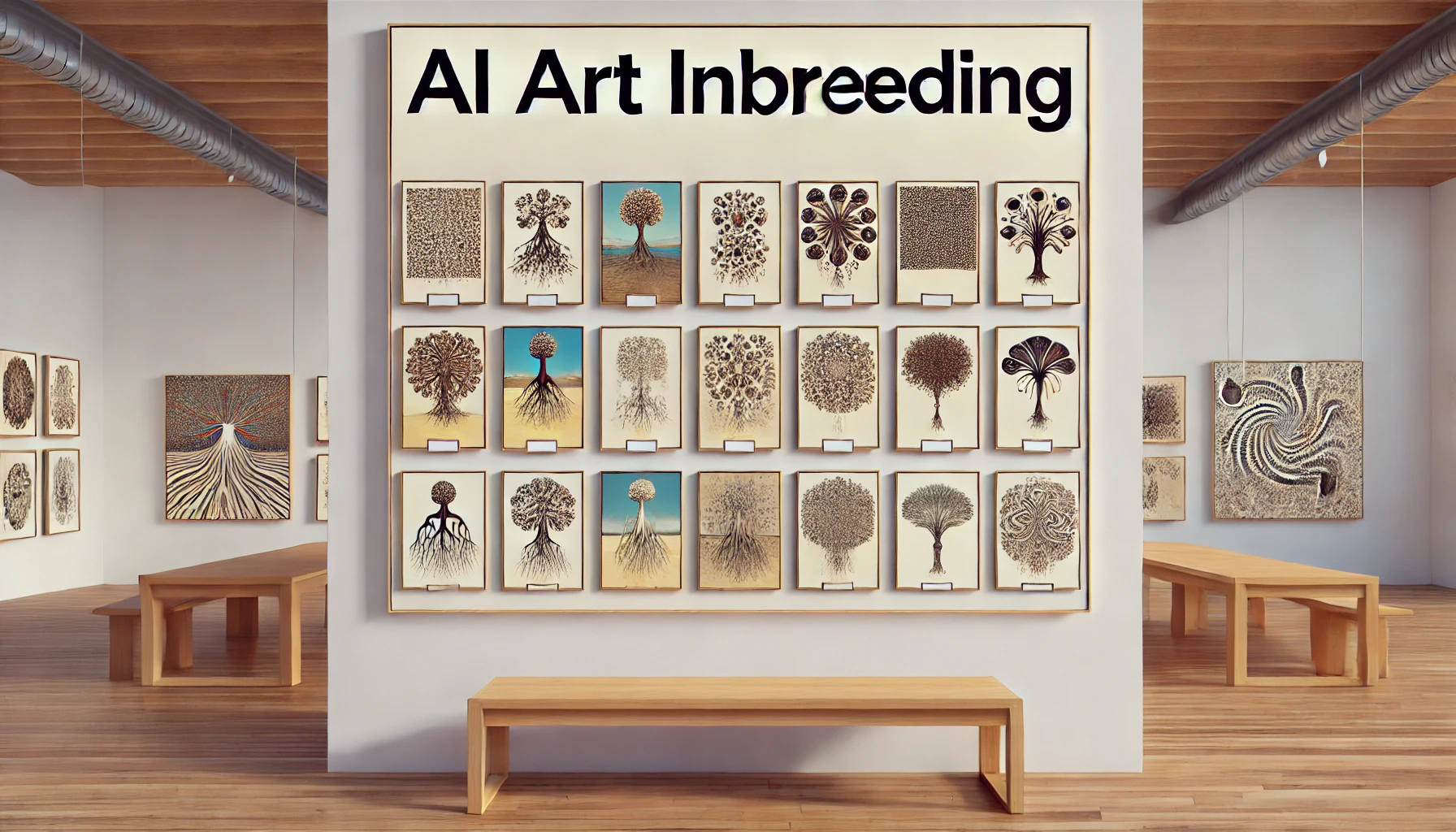AI art inbreeding refers to a phenomenon where AI-generated artworks start to lack originality due to being trained on a narrow or repetitive dataset. This occurs when AI models are repeatedly fed with data that is not diverse, leading to outputs that are very similar to each other. Over time, this can result in a homogenized aesthetic, where the generated art looks strikingly similar, lacking the variety and creativity typically found in human-made art.
When Does AI Art Inbreeding Happen?
AI art inbreeding usually happens when AI models are trained on datasets that are either too small or lack diversity. If the training data primarily consists of AI-generated images, rather than a broad spectrum of human-created art, the AI’s outputs will reflect this limited scope. As a result, the art generated by the AI will start to look repetitive and unoriginal, as it continues to recycle the same themes and styles.
How Can You Avoid AI Art Inbreeding?
To avoid AI art inbreeding, it is crucial to ensure that the datasets used to train AI models are diverse and extensive. Incorporating a wide range of art styles, mediums, and cultural perspectives can help maintain the originality and creativity of AI-generated art. Additionally, tools like Glaze, which allows artists to mask their personal style from AI copycats, and Nightshade, which can poison AI models scraping images without consent, can be used to protect human-created art from being overrun by AI-generated content

